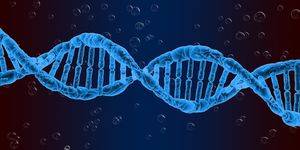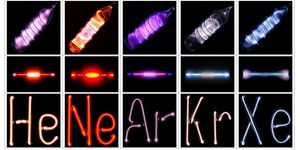In Vivo Tissue Stem Cell and Progenitor Cell Genome Modification
A stem cell, by definition, must be able to self-replicate to make more stem cells and to differentiate into a mature cell type. They can be unipotent as in muscle cells and only differentiate into one type of cell, multipotent as in HSCs, which differentiate into the different types of mature blood cells found circulating in our bodies, or pluripotent embryonic stem cells that can develop into any cell in the body. Since their discovery in the 1960s, the possibilities for advanced research opportunities through the use of stem cells and their unique properties were, in theory, limitless. Research into stem cells has expanded exponentially since their discovery enhancing our understanding of the roles they may play in treating diseases with no known cures. The video below gives a brief and basic explanation of stem cells.
Most laboratory methods of isolating and cultivating stem cells occur ex vivo or outside the body where the cells are manipulated and then transplanted into the recipient. The problem with this is that critical regulatory interactions normally occurring within a niche of stem cells in the body may be disrupted. A group of researchers at Harvard University have made a breakthrough in being able to alter the genomes of tissue stem cells and progenitor cells in vivo, eliminating the need for isolation and transplantation. They reported their results in the April 2019 issue of the journal, Cell Reports.
"When you take stem cells out of the body, you take them out of the very complex environment that nourishes and sustains them, and they kind of go into shock," says Amy Wagers, lead researcher on the study. "Isolating cells changes them. Transplanting cells changes them. Making genetic changes without having to do that would preserve the regulatory interactions of the cells – that's what we wanted to do."
Adeno-associated viruses (AAVs) are from the parvovirus family and contain a small genome with single-stranded DNA. AAVs are useful in gene therapy because they are not infectious to humans, and most people do not produce an immune response to them.
The researchers used multiple serotypes of AAVs to transduce tissue stem cells in both in vivo and in vitro assays that targeted "skeletal muscle satellite cells, mesenchymal progenitors, hematopoietic stem cells, and dermal cell subsets." Both systemic and local delivery methods were used. They were able to achieve greater than 60% genome modification rates with the cells retaining their functional properties.
Their approach was effective in three stem and progenitor cells lines (myogenic, mesenchymal, and hematopoietic) and three unique anatomical sites (skeletal muscle, bone marrow, and skin). They suggest that these results may be generalizable to other types of DNA-modifying enzymes, such as CRISPR/Cas-based systems. These findings imply that new treatments for genetic diseases may be developed with the potential to cure or significantly increase survival rates and quality of life.








